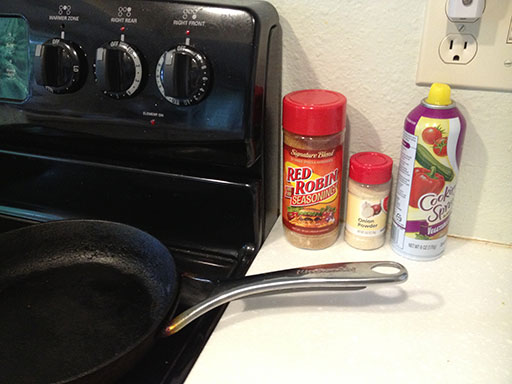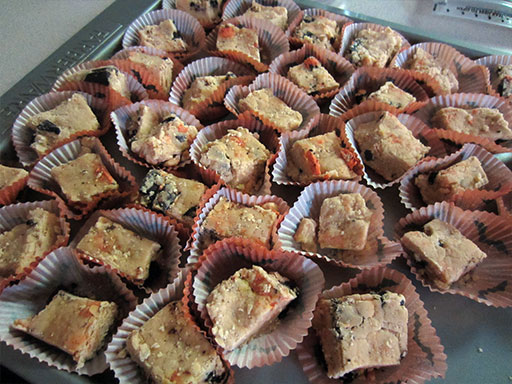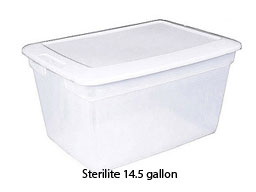Get ready to punch your bathroom IN THE FACE.
This is my <30 minutes, 4 bathrooms, scrub-fest circuit. Your toilets and faucets won’t know what hit them when you’re through this super fast bathroom cleaning circuit.
You wouldn’t guess that my house has 4 bathrooms – 2.5 bathrooms, maybe, but not four. The builder loved bathrooms, but I hate cleaning and I especially hate cleaning bathrooms. I also work full time, have lots of hobbies, and I want this chore done. Like, yesterday. I got very good at cleaning bathrooms very quickly. If you’ve ever wondered how to clean your bathroom(s)(s)(s) as fast as possible, read on!
The Setup
The Circuit
Round 1: Toilets, Wastebaskets, Towels
- Lift the toilet seat and lid and squirt toilet bowl cleaner around the bowl
- Take out any used towels and toss on floor outside bathroom
- Stack / sort any reading materials that made their way into the bathrooms
- Spray the walls and tub with shower cleaner
- Spray the countertop and scrub it clean
- Spray the sink and faucet, scrub them clean
- Scrub the toothbrush holder (if applicable)
- Rinse everything and wipe dry with paper towel
Round 3: Toilet Cleaning
- Spray toilet with Lysol, use toilet paper wipe all surfaces including seat top and bottom
- Grab toilet brush and scrub the bowl itself
- Wipe toilet seat and surfaces dry with toilet paper, toss into bowl
- Flush toilet to send blue water and used TP on its way
- Clamp toilet brush between seat and bowl so it can drip dry into the bowl
Round 4: Finishing Up
- Wash my hands now that I’m done with toilets
- In Bathroom B, I turn on the shower head and spray the shower walls clean. Grime and mildew (if any) usually washes away, but if not, I scrub it away. I give the tub a quick once-over with the scrub brush.
- From Bathroom C, I get the bag of toilet paper rolls and refresh every bathroom’s stock of TP and then return the bag to Bathroom C if any rolls remain
- I collect and empty all wastebaskets into the garbage and recycling bins in the kitchen and put the bins back into their respective bathrooms
- Turn off lights as I leave each bathroom for the last time
I can usually run this entire circuit in under 30 minutes. Headphones and some motivational (get this shit done!) music go a long way. :)
More Fast Bathroom Cleaning Tips
Floors
I typically clean the floors in a separate pass because 1) ours don’t seem to get that dirty and 2) they’re not “critical path” the way faucets or toilet paper are (I don’t eat off the floor in the bathroom). When I do clean floors, I just vacuum. I wash the floors just once or twice a year. We’re pretty tidy (no shoes in this house) and our floors are covered in bath mats, which get washed more frequently.
Mirrors
Just spray and wipe, and repeat times however many mirrors you have. I usually do these in a windows & monitors pass. Again, since mirrors aren’t critical path (nor are they very dirty in our house), they don’t get included in the scrubbing circuit described above.
Don’t Make a Mess in the First Place
Prevention goes a long way in bathrooms.
- Don’t spit toothpaste all over the sink
- Don’t flick toothpaste onto the mirror
- Be a product minimalist and reduce how much clutter is kept on the counter tops
- Remove used hand towels before they pile halfway to the ceiling
Just Do It
…before it gets any grosser.




























